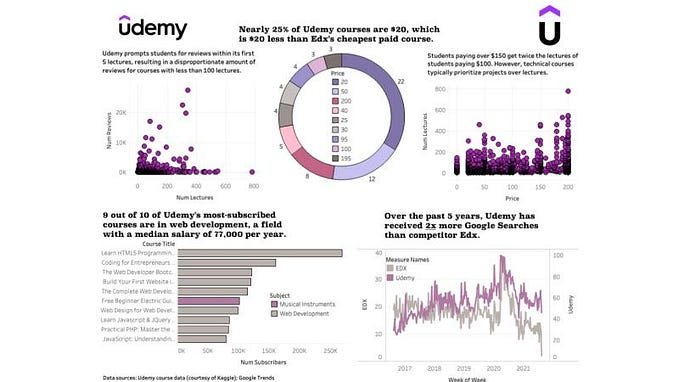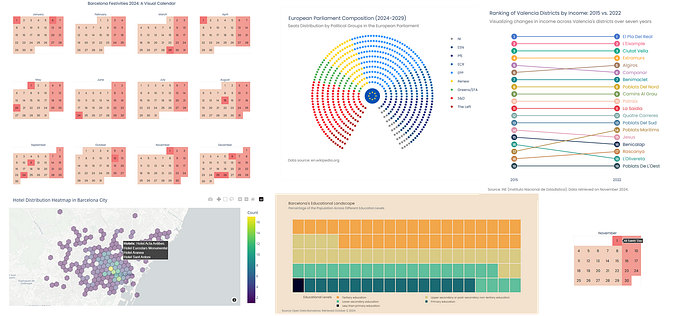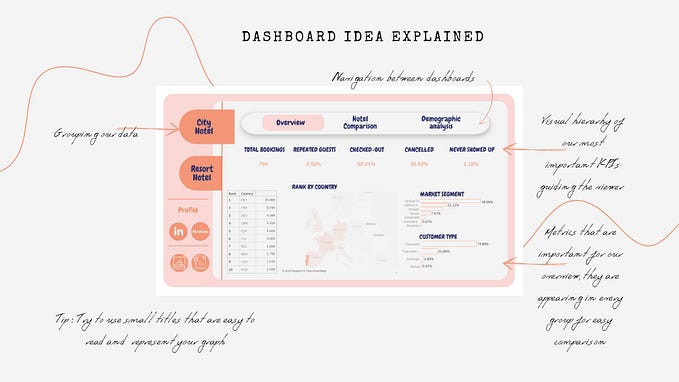Member-only story
Tableau | 8 Dashboard Container Tricks
Use these frustration-saving tricks like a pro
Working with containers in Tableau can be a mix of art, technique and patience. Sometimes, more patience than art or technique.
The challenge with containers is they are kind of invisible. Once you place them in your dashboard, they disappear. They’re there, you know you placed them there, but you can’t quite see them. They’re just lurking somewhere. You have to actively search for them by clicking around or looking for them in the object hierarchy.
Here are some tricks that can help you work with Tableau dashboard containers better.
#1 Start with blanks … and remove them later
Containers are like malleable boxes that can lose its form when nothing is in it. I’ve found it helpful to place blanks in containers as placeholders. Blanks help keep the form, and it makes it easier to place items.
I tend to place the actual worksheets in between the blanks, and take out the blanks once all my components are there.
It is worthwhile to note that depending on how you place the objects, your horizontal container can become a vertical container, and your vertical container can become a horizontal container.






